As National Pollinator Week gains momentum, gardeners across the country are adopting innovative methods to safeguard these crucial ecosystem contributors. This annual initiative highlights the indispensable role of pollinators – including bees, butterflies, hummingbirds, and beneficial insects – in maintaining biodiversity and food security, while addressing their urgent conservation needs.
Scientific research reveals that pollinators facilitate the reproduction of approximately 75% of flowering plant species worldwide and contribute to about 35% of global agricultural production. In response to this ecological imperative, environmentally aware gardeners are implementing practical solutions such as pollinator pots and watering bowls. These accessible tools offer effective support for our essential pollinating partners. Below, we explore the benefits of pollinator pots and provide guidance for incorporating them into your garden space.
What Are Pollinator Pots?
Specially designed as compact nourishment sources, pollinator pots serve as artificial floral reservoirs that provide essential hydration rather than functioning as traditional plant containers. These innovative vessels deliver crucial water access to bees, hummingbirds, and various pollinating insects through their flower-mimicking designs.
The concept has gained remarkable traction on social platforms like TikTok, where gardening enthusiasts demonstrate inventive, low-cost methods to construct these functional feeders. Their viral tutorials motivate audiences to transform everyday household items into visually appealing, pollinator-friendly watering stations through creative repurposing.
This space-efficient solution particularly resonates with urban dwellers and space-constrained individuals, enabling meaningful pollinator support from confined areas like apartment balconies, small patios, or even window ledges – eliminating the requirement for conventional garden spaces.
Skip the Sugar Water
“Pollinator cups and butterfly puddlers serve as attractive supplemental water features for compact gardens, particularly in space-constrained areas like balconies and patios,” explains Mary Phillips, Head of Native Plant Habitat Impact & Certifications at the National Wildlife Federation.
While numerous TikTok creators advocate using sugar water mixtures, experts advise filling these containers with plain water instead. Although meant to help, sugar solutions often attract problematic visitors including ants, wasps, and rodents. A more sustainable approach involves cultivating nectar-producing blooms and herbs that naturally entice pollinators while avoiding pest issues. The objective is to establish a balanced, easy-care habitat where pollinators can flourish without artificial sweeteners.
“We strongly discourage sugar solutions in these containers as they frequently draw yellow jackets and other undesirable insects,” Phillips emphasizes.
Pollinator Paradise: The Science Behind Bee Cups
Among the latest pollinator-friendly innovations are Bee Cups – delicate handmade porcelain vessels that hold precisely one teaspoon of water. These miniature watering stations come crafted in soft pastel shades ranging from blush pink to sunny yellow, featuring a special glaze scientifically designed to maximize pollinator attraction.
The creators explain that while humans perceive standard colors, bees see in ultraviolet spectrums. Mimicking nature’s design, Bee Cups utilize UV-reactive glazes that replicate the ultraviolet bullseye patterns flowers use to signal pollinators. To human eyes, these glowing effects only become visible under blacklight illumination.
Gardeners report exceptional ease of use with these unique cups. One verified customer review on the Bee Cups website shares: “My hive residents adore them! The cups provide perfect pit stops for quick hydration and pollen collection. I’ve placed one set near the hive and another among my potted plants – already planning to order more.”
How to Create Your Own Pollinator Pots
Container Selection:
Opt for small, stable containers that securely hold water without spilling. Consider using recycled or biodegradable materials to minimize environmental impact while maintaining functionality.
Strategic Placement:
Position your pollinator pots in sunny locations protected from strong winds. Choose visible areas near windows or seating spaces to allow observation of visiting pollinators.
Ongoing Care:
Maintain your stations by routinely replacing the water and cleaning the containers. This ensures a hygienic, welcoming environment for pollinators throughout the season.
Pollinators Matter
The growing popularity of pollinator pots – championed by TikTok creators and innovative companies like Bee Cups – provides accessible opportunities to support these essential species. These simple solutions demonstrate how everyone can contribute to pollinator conservation efforts.
From expert gardeners to first-time nature enthusiasts, these compact habitats offer an effective way to create positive change for pollinators and our global ecosystem.
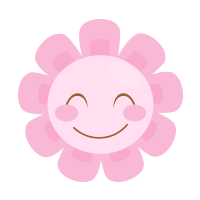


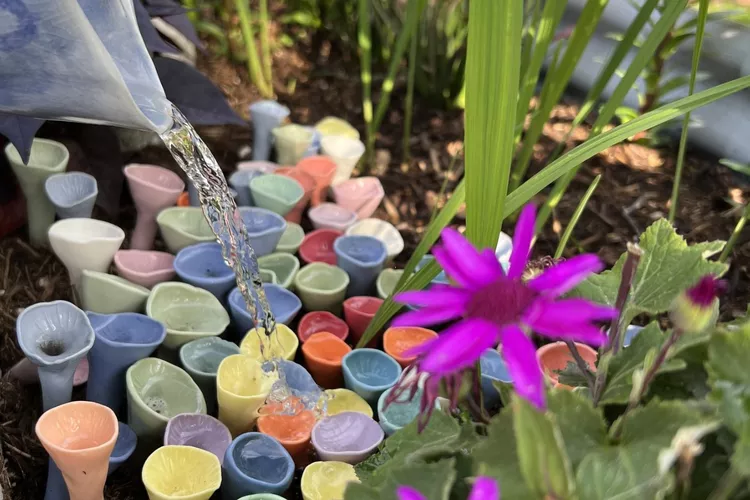
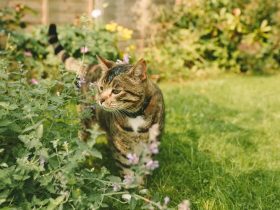




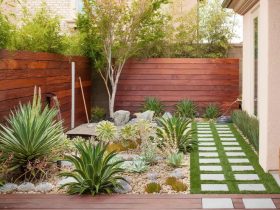

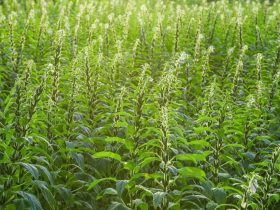
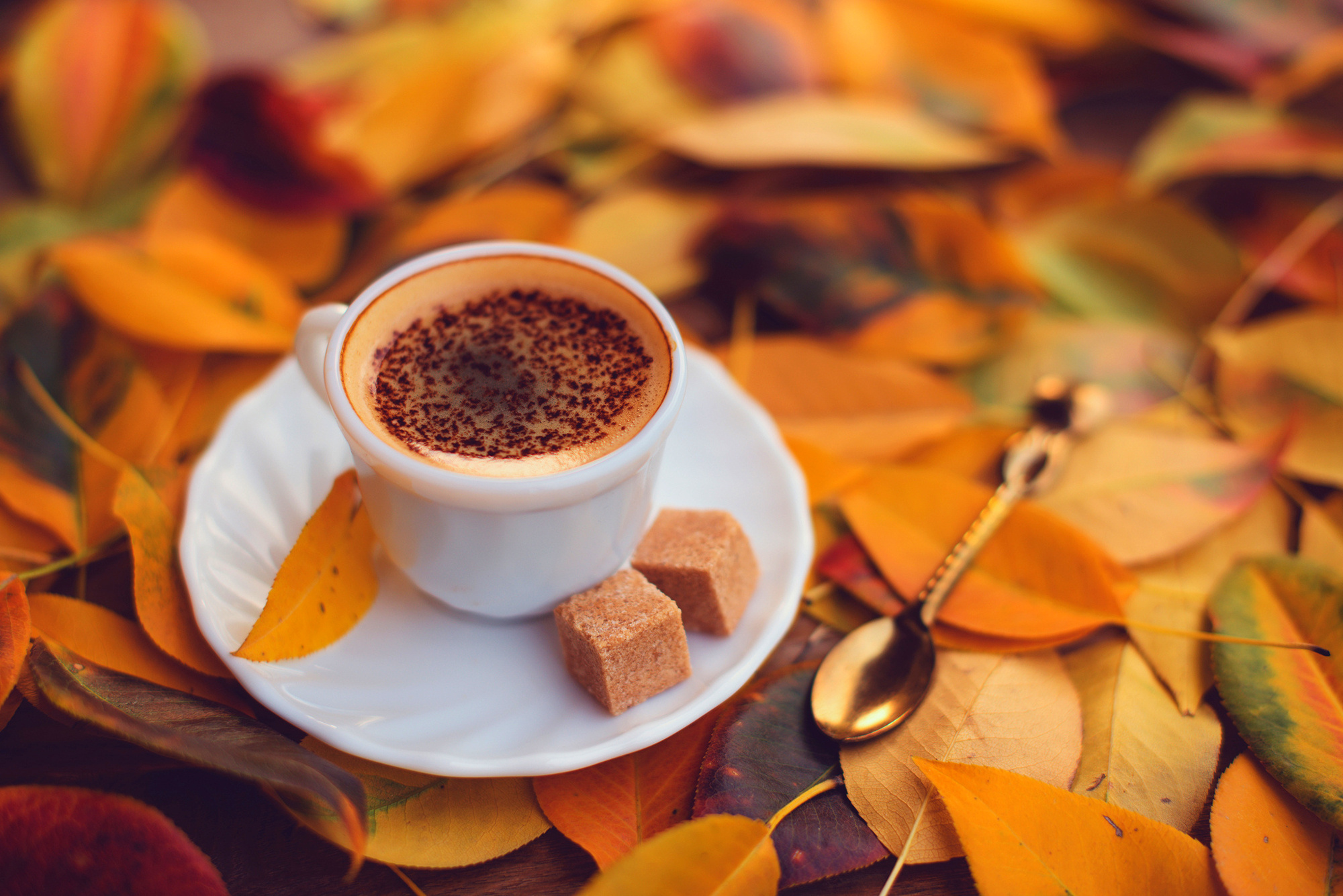
Leave a Reply
View Comments